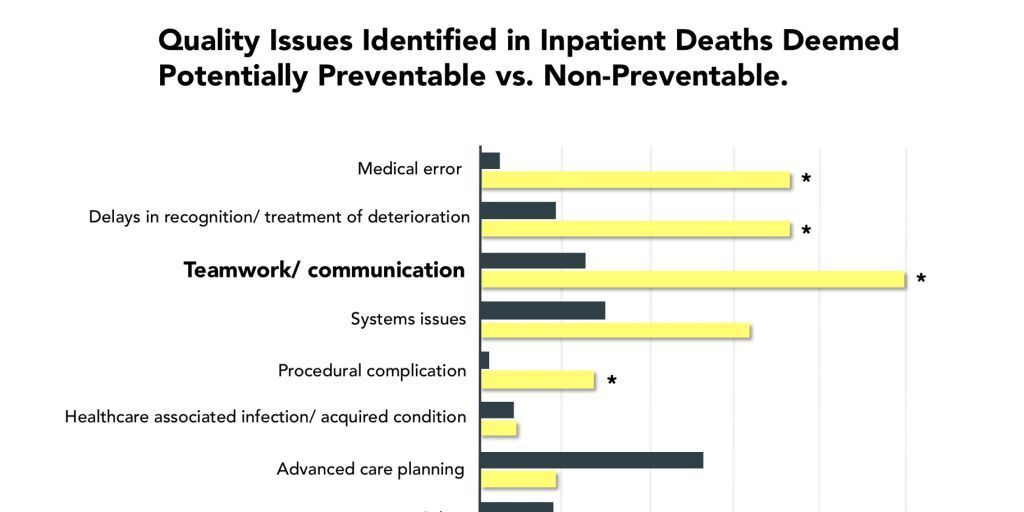MedTech Innovation: A Key Part of NHS Long Term Plan

The NHS has unveiled a plan this month to extensively invest in MedTech ventures which the NHS can use to improve patient care. The “10 Year Plan” has set out to transform care, harnessing the powers of MedTech innovation and technologies. The desired result? More innovation, better patient care.
Delivering a high standard of care relies on secure and effective frontline communication
Health and care professionals have long been aware of the privacy issues and risks associated with consumer messaging services, but many continue to use them, not because they don’t care about privacy but because they are easy to use, useful in practice and help to deliver more efficient care.
In fact, the use of smartphones and consumer messaging apps in the healthcare setting is on the rise. According to a study by the Trauma and Orthopaedics department at St George’s Hospital, over 87% of health and care professionals use smartphones to discuss patient cases at work – 56% of whom couldn’t be sure whether or not that information was secure.
However, the European General Data Protection Regulation (GDPR) – introduced in 2018 – resulted in new legal and practical implications for the use of mobile messengers in the healthcare sector. Furthermore, in response to the GDPR, a number of medical associations and data protection authorities concluded that consumer messengers – like the much-maligned WhatsApp – were not suitable for clinical communication.
Before the introduction of the GDPR, the Orthopaedic department at St George’s Hospital – made up of over 50 health and care professionals including consultants, junior staff, specialist physician associates and specialist nursing staff – were frequently using WhatsApp as a preferred method of communication.
This meant that conversations were at high risk of being stored on unauthorised servers, information and photos were often being synced with services like iCloud and Dropbox, and no separate passwords were being used for further protection. Patient confidentiality was at stake.
Aware of the problem and keen to address it, the Orthopaedic department at St George’s Hospital took it upon themselves to find a secure messaging solution.

Redesigning Clinical Communication
It is not that communication in healthcare has always been a problem. It is simply that it hasn’t modernized to meet the current trends seen in healthcare today. Multi-morbidity and an ageing population have led to increases in demand, which traditional isolated communication structures can no longer deal with.
Through team-focused innovation, Sillo is creating time into the hands of professionals to focus on patients and building upon their medical networks. Medical professionals can connect instantly with peers and specialists on a single network and discuss patient cases at the touch of a button. This is the essence of ‘Network Medicine’ which replaces siloed communication modalities such as phones, bleeps and faxes that are currently in place. The result is a platform upon which peer to peer knowledge sharing is seamless, decision making is faster and at the same time of a higher quality. The ultimate result is optimal patient care and an empowered clinical workforce.
MedTech is here to stay. But let’s not get distracted by fancy gizmos and flashing lights. Let’s remember that innovation should be used to solve the biggest most fundamental problems in healthcare. Communication is key.
Image citation: Simon W, Dermenchyan A, Afsar-manesh N. Characteristics of Hospital Deaths Deemed Potentially Preventable by Frontline Providers. Abstract published at Hospital Medicine 2016, March 6 – 9, San Diego, Calif. Abstract 274.